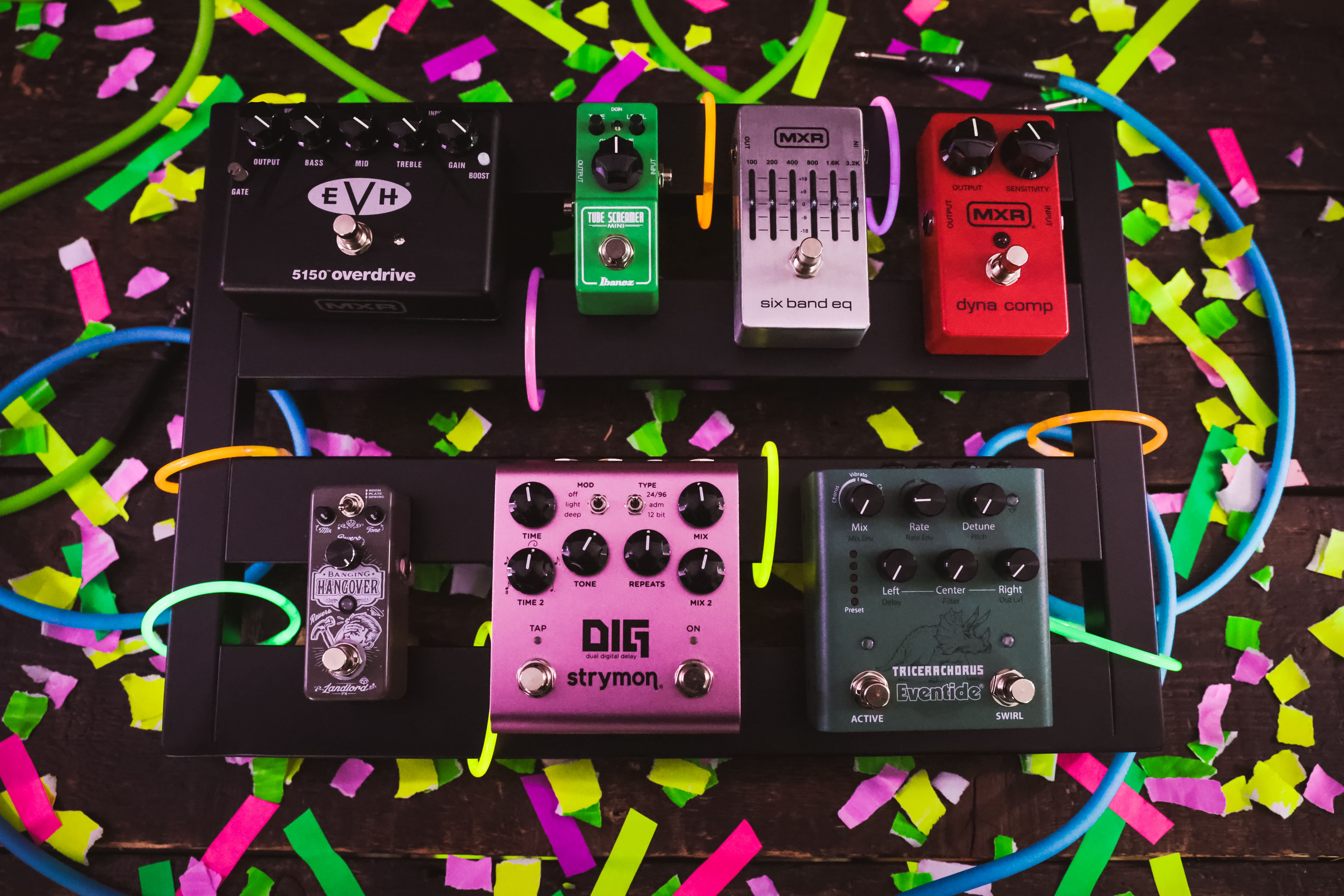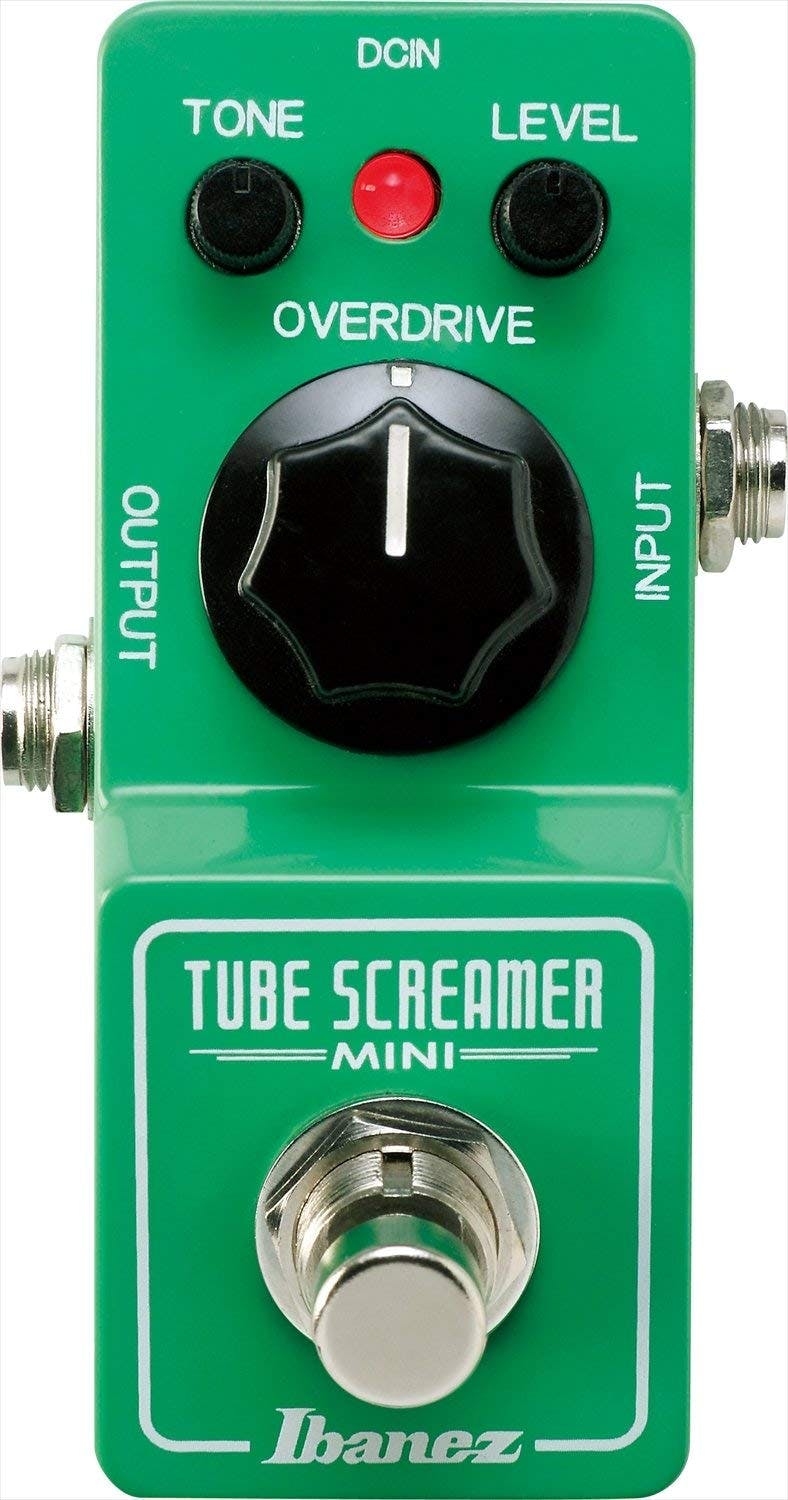The ‘80s will always be regarded as the pinnacle of rock n roll decadence, debauchery and showmanship! But behind all the hairspray, makeup and spandex (and that was just the men), there were some exceptionally gifted guitarists. From Eddie Van Halen to Yngwie Malmsteen, Steve Lukather to Dan Huff, you couldn’t throw a stone in the ‘80s without hitting a guitar hero! Aside from their mind-boggling licks and iconic riffs though, these players had some of the most recognisable, genre-defining guitar tones in the business.
Many of our favourite players from the ‘80s had rigs that would make today’s touring musician’s eyes water! It was not uncommon to see huge racks full of studio-grade compressors, EQs, harmonizers and delays in arenas and even clubs in the ‘80s. The main reason for this was because guitarists wanted to bring their studio tones to the stage, and these all-encompassing racks were the only way to achieve this. Fortunately for us average Joes though, with so many great guitar pedals available today, these once essential rigs are no longer necessary to get huge, studio-worthy ‘80s guitar tones!
The quintessential ‘80s guitar sound can be split into three distinct tones – clean, rhythm and lead. There are a few essential pedals to achieve each of these tones, so let’s take a look at what you’ll need to build the ultimate ’80s guitar pedalboard!
’80s Clean Guitar Tone
‘80s clean guitar tones are some of the most recognisable among guitarists. Love them or loathe them, these heavily processed tones have an unmistakable shimmer and presence to them, with an almost synth-like quality. It goes without saying then that a good clean amp with plenty of headroom is imperative for creating a classic ‘80s clean tone. It will act as the blank canvas on which you add the colour with various effects.
Check out the classic ’80s clean tone on Def Leppard’s “Hysteria”.










Responses & Questions